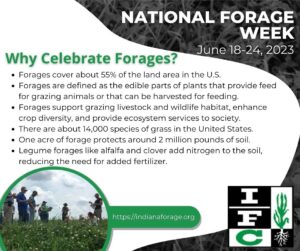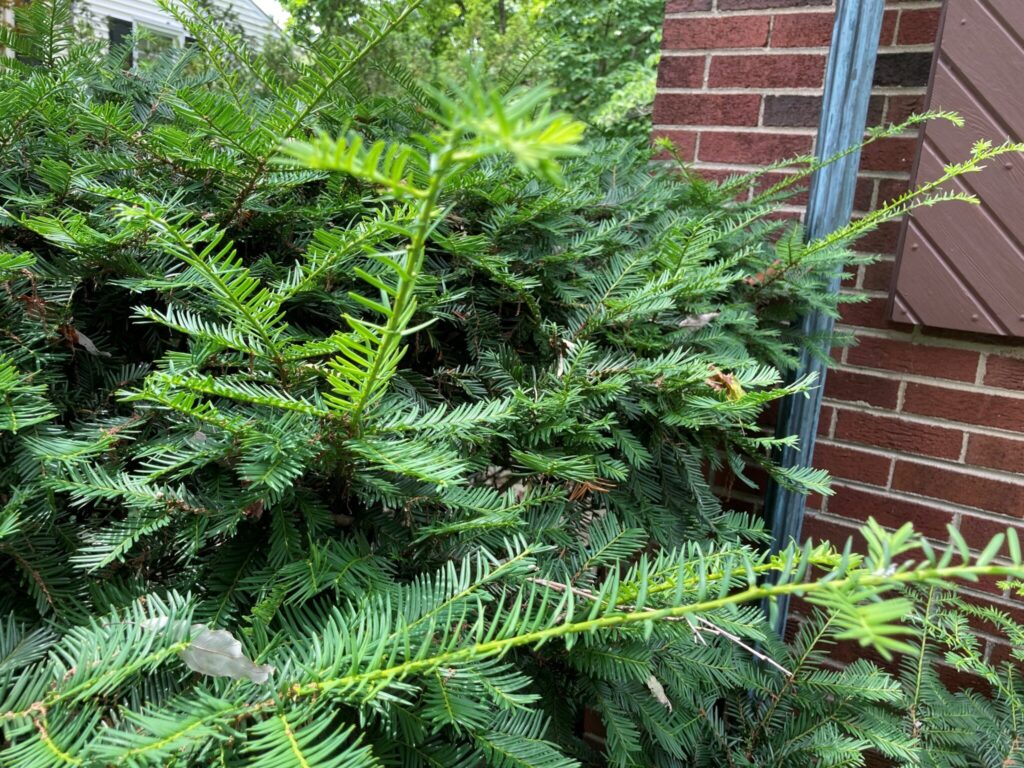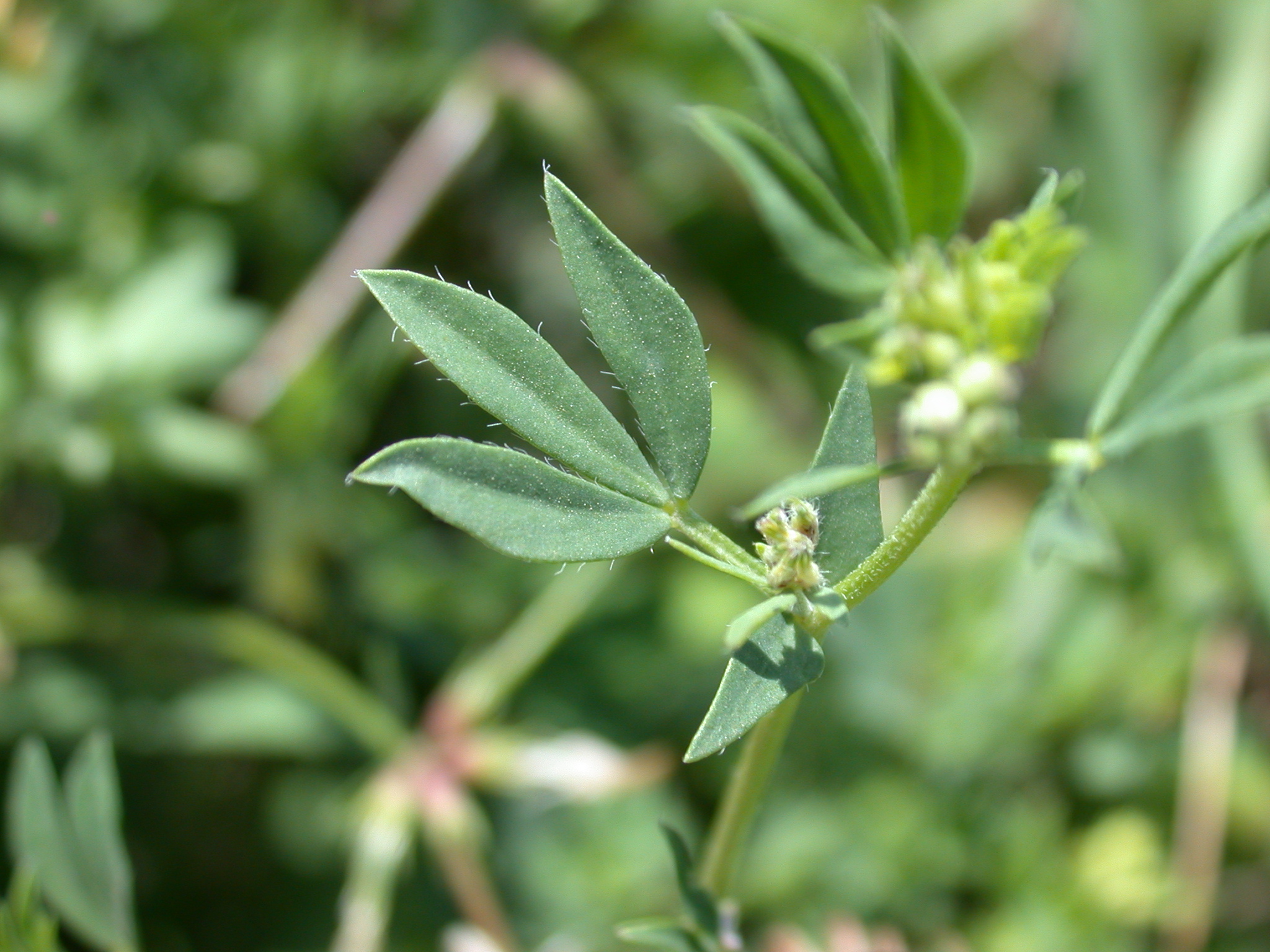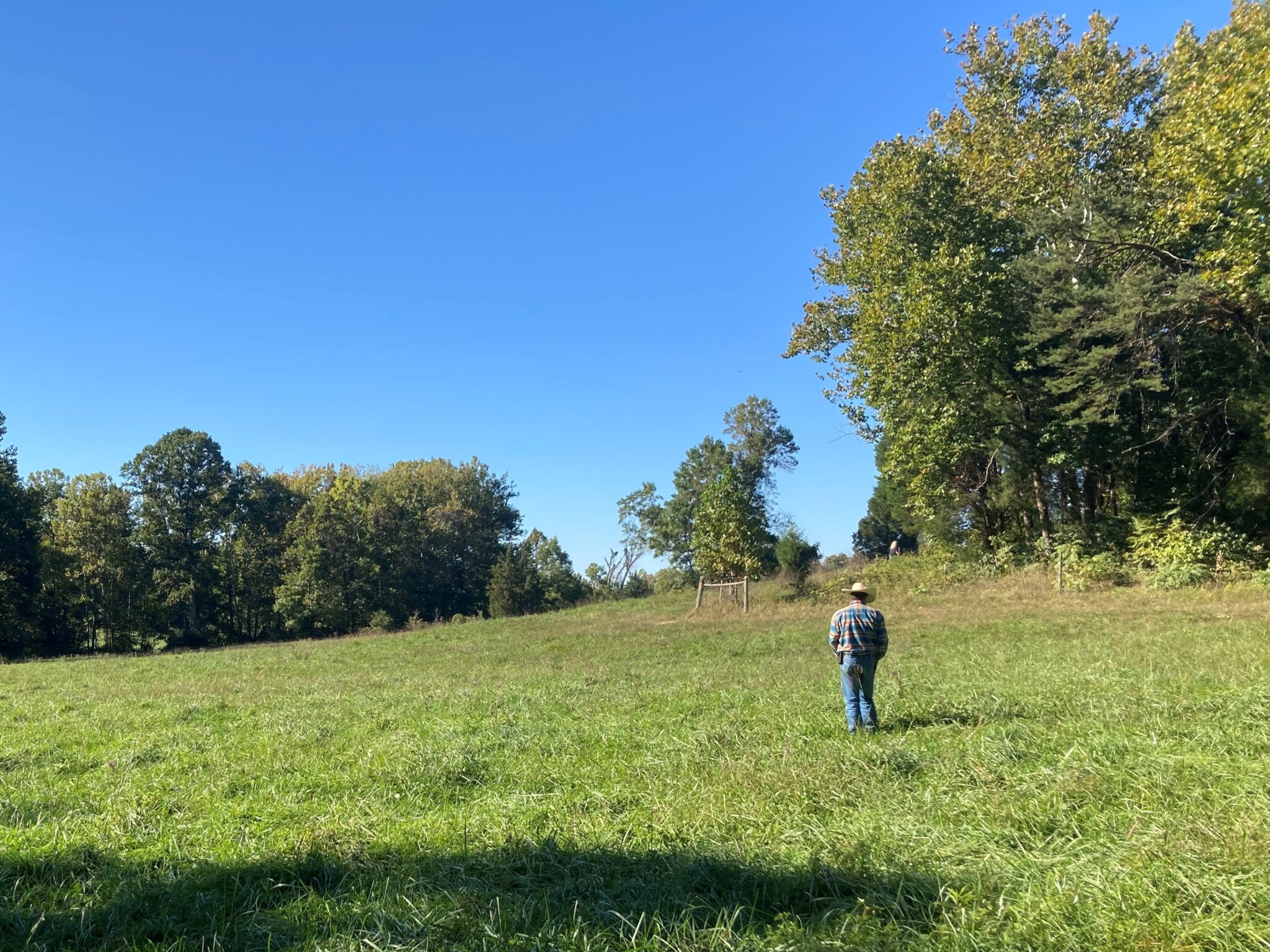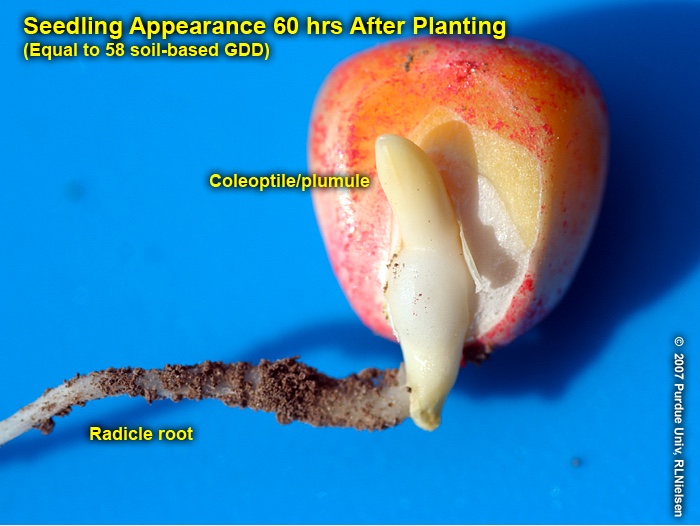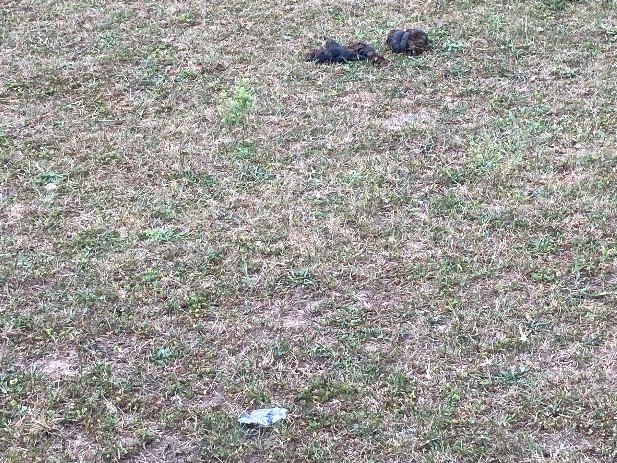
This week, the calendar transitioned from spring to summer. Lack of rainfall in most of Indiana has unfortunately continued to be a concern to vegetation wellbeing, pastures included. You likely were told to clean up all the food on your plate when you were a child sitting at the kitchen or dining room table. That was a good recommendation to reduce food waste and to make sure the dollars earned by your parent or guardian were not “thrown in the trash”. Consider this – If the soil in the pasture is the plate and the forages growing in the soil is the food on the plate to be eaten, having livestock, analogous to the child at the table, grazing the soil bare of vegetation is a concern. The figure below found in “Forages Volume 1 – an introduction to grassland agriculture” is an excellent illustration of what happens to[Read More…]


